The Benefits of Dry Needling for Treating Musculoskeletal Pain
Musculoskeletal pain is a common complaint that affects millions of people worldwide. Whether due to injury, overuse, or chronic conditions, finding effective treatment options is crucial for improving quality of life. One increasingly popular technique in physical therapy is dry needling. This article explores the benefits of dry needling and how it can help alleviate musculoskeletal pain.
What is Dry Needling?
Dry needling is a therapeutic technique that involves inserting thin monofilament needles into specific points in the body, known as trigger points. These points are often located in tight or knotted muscles which are often accompanied by significant fascial restrictions. The goal is to release tension, improve blood flow, and promote healing. It is like a “neuromuscular reset” button that has chemical, mechanical, and electrical effects on the local tissue. Unlike acupuncture, which is rooted in Traditional Chinese Medicine, dry needling is based on Western medicine principles and focuses primarily on treatment of the musculoskeletal system.
Key Benefits of Dry Needling
1. Pain Relief
One of the most significant advantages of dry needling is its ability to provide rapid pain relief. By targeting trigger points, the technique can help reduce muscle tension and alleviate pain in the affected areas. Many patients report feeling immediate relief following a session, which can be particularly beneficial for those dealing with chronic or high pain conditions.
2. Improved Range of Motion
Muscular and fascial restriction often alters movement patterns, which can make daily activities challenging. Dry needling releases tension in the muscles, leading to improved flexibility and improved movement efficiency. This improvement allows patients to regain functionality and engage more fully in physical activities, whether it’s sports, exercise, or everyday tasks.
3. Enhanced Muscle Function
Dry needling not only addresses pain but also enhances overall muscle function. By reducing tension and improving blood flow, the technique helps restore normal muscle activation patterns. This is particularly useful for athletes or individuals recovering from injuries, as it can aid in a faster return to peak performance.
4. Promotes Healing
The insertion of needles can trigger a healing response in the body. This response increases blood flow to the area, delivering essential nutrients and oxygen while removing metabolic waste. As a result, dry needling can facilitate faster recovery from injuries or chronic conditions.
5. Minimal Side Effects
Dry needling is generally considered safe when performed by a trained professional. Most patients experience minimal side effects, such as mild soreness at the needle insertion site. Unlike more invasive procedures, dry needling is a low-risk option for managing pain and dysfunction.
6. Complementary Treatment
Dry needling is often used in conjunction with other physical therapy modalities, such as manual therapy, exercise, and education. This comprehensive approach can enhance overall treatment outcomes and address the multifaceted nature of musculoskeletal pain.
Who Can Benefit from Dry Needling?
Dry needling can be beneficial for various conditions, including:
Chronic pain syndromes (e.g., fibromyalgia)
Tension headaches and migraines
Sports injuries
Tendonitis
Back and neck pain
Myofascial pain syndrome
However, it’s essential to consult with a qualified physical therapist to determine if dry needling is appropriate for your specific condition.
Dry needling is an effective and versatile tool in the physical therapy arsenal for treating musculoskeletal pain. Its ability to provide rapid pain relief, improve range of motion, and promote healing makes it an attractive option for many patients. If you’re struggling with chronic pain or muscle tightness, consider discussing dry needling with your physical therapist. With a tailored approach, you can take significant steps toward recovery and improved quality of life.
